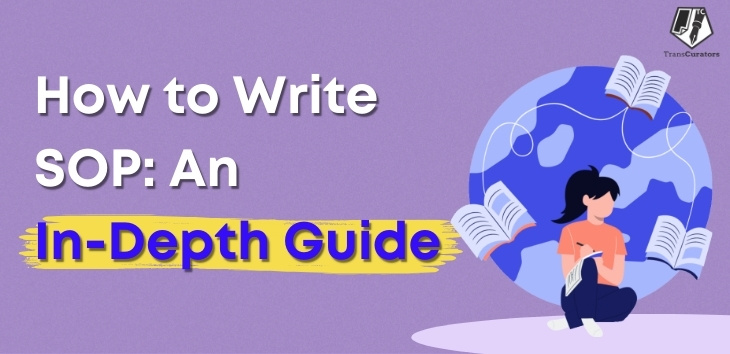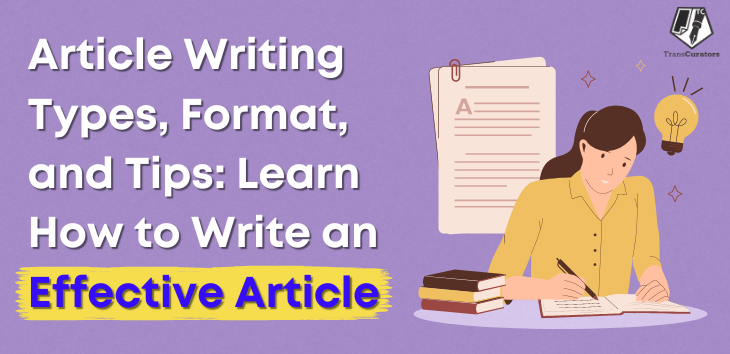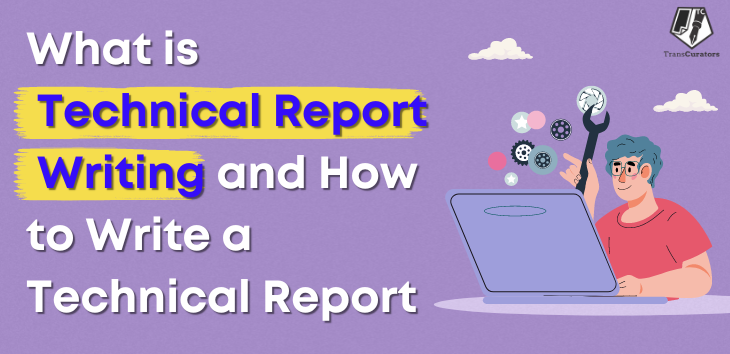
A Statement of Purpose (SOP) is an essential part of the application process for universities, scholarships, and job opportunities. It is a chance to share your story, highlight your accomplishments, and explain why you are the ideal candidate for the programme or position. Writing an excellent SOP requires a thorough grasp of its purpose and a strategic strategy for presenting the information you possess. This guide will help you write a captivating and professional SOP. By the time you’re done reading, you’ll have all the tools you require to write a killer SOP that showcases your skills, experiences, and aspirations.
How to Write SOP?
An effective SOP is essential to your employment, jobs, or higher education application. It is your opportunity to introduce yourself, explain your qualifications for the programme or job, discuss your academic and professional interests, and explain why you are the right fit for the program or position. Writing a good SOP requires careful thought and planning. Here is a step-by-step guide on how to write a good SOP, ensuring you produce a compelling and professional document.
1. Understand the Purpose
Before you start writing, understand why the SOP is crucial. Admissions committees and companies use SOPs to evaluate your motives, ambitions, and suitability for the programme or position. It allows them to see beyond your academics and resume, gaining insight into your personality, goals, and writing skills. A Statement of Purpose lets you explain to the admissions committee who you are, why you’re interested in the programme or the institution, and what you desire to accomplish by pursuing it. It’s similar to your personal sales pitch, just that you’re selling yourself instead of a product.
2. Research Your Target Program or Job
Do your research before you begin writing. You must thoroughly research the programme or institution to which you are applying. Gather extensive information on the program or job. What are their values, goals, faculty, curriculum, and opportunities? What distinguishes them from other comparable programs? Browse the institution’s website to learn about its objectives and principles, as well as faculty and critical staff profiles. Knowing these facts will help you customise your SOP better to meet their requirements and prove why you’re the right fit.
3. Brainstorm Your Ideas
Now that you clearly understand a SOP’s purpose and requirements, it is time to explore ideas. Grab a paper and pen (or a blank document) and write down everything that comes to mind. Consider your educational and professional experiences and your ambitions and aspirations to determine what sets you apart. For instance –
- Personal Background: Highlight experiences that shaped your interests and goals.
- Academic Journey: Discuss your education, key achievements, and significant projects.
- Professional Experience: Detail relevant work experience, internships, and skills gained.
- Career Goals: Explain your long-term career aspirations and how this program or job fits your plans.
- Fit for the Program/Job: Demonstrate how your background, skills, and goals align with the program or position.
Consider the following questions to guide your brainstorming:
- What experiences have shaped your interest in this field?
- What are your academic and professional accomplishments?
- Why are you interested in this particular program or job?
- How will this program or job help you achieve your career goals?
- What unique qualities or talents do you bring to the table?
Step 4: Create an Outline
With your ideas in hand, it’s time to draft an outline for your SOP. An outline helps to organise your ideas and ensures that your SOP flows correctly. Start by defining the key areas you want to discuss, such as your academic background, relevant experiences, professional objectives, and why you’re interested in the programme. Then, organise your ideas logically, ensuring each element flows smoothly into the next. A typical SOP outline consists of the following sections:
- Introduction: Start with a captivating opening that grabs the reader’s attention. Introduce yourself and define your purpose for writing the SOP.
- Academic Background: Discuss your academic achievements and how they have prepared you for the program or job you are applying for.
- Professional Experience: Highlight relevant work experience and skills you have gained.
- Why This Program/Job: Explain why you are interested in this specific program or job and how it aligns with your career goals.
- Future Goals: Outline your short-term and long-term career goals and how the program or job will help you achieve them.
- Conclusion: Summarise the main points and express your admiration for the program or job.
Step 5: Write a Compelling Introduction
The introduction sets the tone for the entire SOP, so make it an impact! Begin with a hook that will capture the reader’s interest, such as a personal tale or a thought-provoking question. Then, briefly introduce yourself and explain why you’re applying for the programme.
Introduction: Begin with an exciting story, quotation, or statement that expresses your enthusiasm and sets the atmosphere for your narrative. Introduce yourself briefly and your purpose for writing.
Example: “Ever since I disassembled my first computer at the age of nine, I knew I was fated for a career in technology. This curiosity has driven me to pursue a degree in computer science and seek opportunities that will permit me to innovate and solve complicated problems.”
Step 6: Highlight Your Academic Background
This section briefly describes your academic history, including your degree(s), GPA, and any related courses or research projects. Highlight any awards, scholarships, or honours you’ve received and any extracurricular activities or leadership responsibilities you’ve taken on.
Step 7: Showcase Your Experiences and Connect them to Your Goals
Next, describe your relevant experiences, such as internships, work experience, and volunteer activities. After discussing your experiences, it is critical to relate them to your academic and professional ambitions. Explain how your previous experiences shaped your academic and professional aspirations and inspired your decision to enrol in this programme and how you hope to implement what you learn in the future.
Step 8: Express Your Passion and Enthusiasm
Now’s the time to let your enthusiasm and dedication shine through! Express how enthusiastic you are about the programme and how it connects with your interests and objectives. Be transparent and honest; admissions committees can detect insincerity from a mile away. Explain why you are interested in this specific program or job. Highlight factors that appeal to you and how they align with your goals.
Example: “I am particularly drawn to the Master’s program in Data Science at XYZ University because of its intense focus on hands-on learning and research opportunities. The opportunity to work with renowned faculty members such as Dr. Smith, whose work in artificial intelligence aligns completely with my interests, is a significant motivation for me.”
Step 9: Edit and Revise
Once you’ve written your SOP, it’s time to edit and revise. A polished SOP is free of grammatical errors and awkward phrasing. Read your SOP carefully and aloud to ensure it sounds natural and professional, and check for grammar and spelling errors, clarity, and consistency. Use tools like Grammarly or Hemingway to detect mistakes. Pay attention to the tone, making sure it reflects your enthusiasm and professionalism. Ask a friend, family member, or an expert to review your SOP and provide feedback.
Step 10: Finalise Your SOP and Proofread Again
Prepare the final version of your SOP after incorporating feedback into consideration and make any required changes. Make sure it follows any specific guidelines set by the institution or employer, such as word count or formatting requirements. Before submitting, proofread your SOP once more. Check for typos, grammatical errors, or formatting issues. A clean, error-free document makes a good impression and demonstrates your attention to detail. Know more What is sop writing?
Conclusion
Congratulations! You’ve made it to the end of our step-by-step guide on how to write a Statement of Purpose. Writing an SOP can be daunting, but with thorough planning and attention to detail, you can craft a powerful statement highlighting your strengths, showcasing your unique qualities and aspirations for achieving your academic and professional goals. Remember to be honest, specific, enthusiastic, and always seek feedback to refine your work. An effective SOP can set you apart and pave the way for success. So put pen to paper or fingers to keyboard, or partner with us at TransCurators to let your story shine!
Frequently Asked Questions
A1. It helps the admissions committee comprehend your motivations, qualifications, and fit for the program, differentiating you from other applicants.
A2. Typically, an SOP should be between 500-1,000 words or about 1-2 pages.
A3. An SOP should include your academic background, professional experience, career goals, reasons for choosing the program, and how it aligns with your aspirations.
A4. No, each SOP should be tailored to the specific program and institution, highlighting why you are a good fit for their unique offerings.
A5. Maintain a formal yet engaging tone. Be honest, and confident, and avoid overly casual language or jargon.



